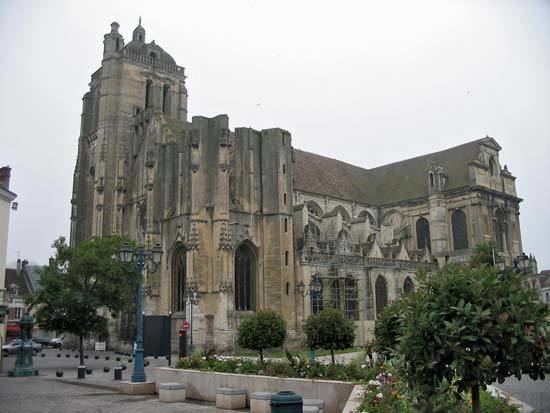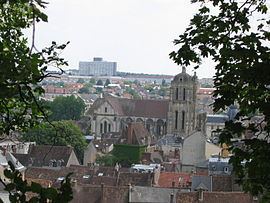Country France Region | Area 31,212 Mayor Gerard Hamel | |
 | ||
Map of Dreux
Dreux ([dʁø]) is a commune in the Eure-et-Loir department in northern France.
Contents
- Map of Dreux
- airsoft game 100711 foxs dreux gopro hd
- Les stages duster 4x4 duster academy a dreux
- History
- Chapelle royale de Dreux
- Other sights
- Personalities
- International relations
- References

airsoft game 100711 foxs dreux gopro hd
Les stages duster 4x4 duster academy a dreux
History
Dreux was known in ancient times as Durocassium, the capital of the Durocasses Celtic tribe. Despite the legend, its name was not related with Druids. The Romans established here a fortified camp known as Castrum Drocas.
In the Middle Ages, Dreux was the centre of the County of Dreux. The first count of Dreux was Robert, the son of King Louis the Fat. The first large battle of the French Wars of Religion occurred at Dreux, on 19 December 1562, resulting in a hard-fought victory for the Catholic forces of the duc de Montmorency.
In October 1983, the Front National won 55% of the vote in the second round of elections for the city council of Dreux, in one of its first significant electoral victories.
Chapelle royale de Dreux
In 1775, the lands of the comté de Dreux had been given to the Louis Jean Marie de Bourbon, duc de Penthièvre by his cousin Louis XVI. In 1783, the duke sold his domain of Rambouillet to Louis XVI. On 25 November of that year, in a long religious procession, Penthièvre transferred the nine caskets containing the remains of his parents, the Louis-Alexandre de Bourbon, comte de Toulouse and Marie Victoire de Noailles, comtesse de Toulouse, his wife, Marie Thérèse Félicité d'Este, Princess of Modène, and six of their seven children, from the small medieval village church next to the castle in Rambouillet, to the chapel of the Collégiale Saint-Étienne de Dreux. The duc de Penthièvre died in March 1793 and his body was laid to rest in the crypt beside his parents. On 21 November of that same year, in the midst of the French Revolution, a mob desecrated the crypt and threw the ten bodies in a mass grave in the Chanoines cemetery of the Collégiale Saint-Étienne. In 1816, the duc de Penthièvre's daughter, Louise Marie Adélaïde de Bourbon, duchesse d'Orléans, had a new chapel built on the site of the mass grave of the Chanoines cemetery, as the final resting place for her family. In 1830, Louis-Philippe I, King of the French, son of the duchesse d'Orléans, embellished the chapel which was renamed Chapelle royale de Dreux, now the necropolis of the Orléans royal family.
Other sights
Personalities
Dreux was the birthplace of:
International relations
Dreux is twinned with:
